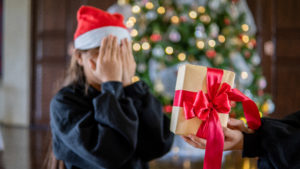 Have you found yourself racing frantically through the shops just before Christmas? Trying to find something (or... anything) to give a family member, or friend?
Have you found yourself racing frantically through the shops just before Christmas? Trying to find something (or... anything) to give a family member, or friend?
Has your hurried quest ended in a poorly-made decision, just to be able to check that person off your list?
I know I have! And quite possibly, those hasty purchases go on to become an unwanted Christmas gift - adding to the 18,000,000 other unwanted gifts like the ones given to more than half the country’s population last year. (In 2021, Gumtree estimated $574 million worth of unwanted Christmas gifts)
In the rush of the moment, it’s hard to look at Christmas time spending and decision-making objectively. We are influenced by sales, deadlines, price, emotions and fears of not finding, or giving, just the ‘right’ thing. Sneaky expenses like decorations, gift packaging, food and presents all blur into one. And living consciously at Christmas feels hard! But, it’s not impossible!
You can check out last year’s post with 5 ideas about how to have a more conscious Christmas here.
One way to live more consciously at Christmas is by ‘gifting consciously’.
Gifting consciously involves moving away from just ‘giving for the sake of giving’ and towards taking the time to consider what you’re buying and the impact the item has on the people who made it, the environment and the person you’re giving it to.
It’s about thinking of a gift in terms of how it was made, where it was made, what it’s made from, and finally… where is it going to end up?  For our team at ZOE, the driver to gift consciously is linked to preventing and ending child labour in industries like fashion, makeup, agriculture (food, coffee), homewares and electrical goods. But we also feel that environmental and health factors are huge drivers for living more consciously too.
For our team at ZOE, the driver to gift consciously is linked to preventing and ending child labour in industries like fashion, makeup, agriculture (food, coffee), homewares and electrical goods. But we also feel that environmental and health factors are huge drivers for living more consciously too.
So, how do we consciously gift this Christmas in light of what we know about child labour, the waste factor, our budgets, and the expectations of our families and friends? And how do we give a gift that will be treasured rather than wasted? It feels like a lot to juggle all those things!
Thankfully, there are tools available to assist us, like ethical shopping apps such as ‘Good on You,’ ‘End Poverty,’ ‘Sweat and Toil’ and ‘Shop Ethical’ which are all available for download.
But there are other creative alternatives around Christmas spending such as buying less, buying second-hand, reusing existing Christmas decorations rather than buying new ones, and considering what the people we’re giving to, already have.
Last year we asked ZOE supporters to contribute some of their creative ideas on being more conscious in the lead-up to Christmas. And this year we’re sharing some more ideas about how to ‘live consciously at Christmas’ from within our team.
This year our sweet office manager Sharon has turned to ‘green gifting‘ an alternative to using traditional shiny and glittery wrapping paper (which cannot be recycled and is nothing else but microplastics). She shared, “I have made my own gift sacks, bought some Christmas-themed material and got the sewing machine out. I made three, one for each of the grandsons, and then I can use them again next year. I made them super big to fit even the biggest present!” In the past, Christmas paper would’ve been ripped apart and thrown into the bin, but now Sharon has found an alternative that shows a grandma’s love for her grandchildren and a simple solution to preventing excess waste.
Hudson recently moved into a new home, but that doesn’t mean she’s buying new 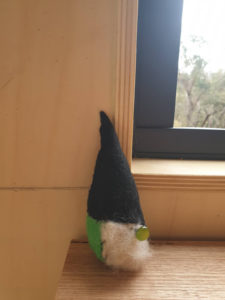 decorations. Most decorations contain plastics and can last from 450 to 1,000 years in landfill, so she recommends making your own Christmas decorations! Hudson said, “This year, I asked my nine-year-old niece if she would make a few Christmas decorations for us, as she is very resourceful and creative. She made us some cute gnomes from some wool and leftover felt, and in exchange, she wants me to bake her some sourdough - win, win!”
decorations. Most decorations contain plastics and can last from 450 to 1,000 years in landfill, so she recommends making your own Christmas decorations! Hudson said, “This year, I asked my nine-year-old niece if she would make a few Christmas decorations for us, as she is very resourceful and creative. She made us some cute gnomes from some wool and leftover felt, and in exchange, she wants me to bake her some sourdough - win, win!”

After having lived overseas for many years, Andrea was excited to finally have a “real” Christmas tree again but was concerned that the tree might end up becoming landfill, and ultimately not being good for the environment. Not wanting to buy a plastic tree, but also not wanting to create excess ‘waste’ was a dilemma. So, this year she decided to buy a real tree in a pot. She hopes that by caring for it throughout the year, the family can reuse it at Christmas time for many more years to come.
Gift wrapping has also been a topic of conversation for Jyselle. Instead of buying commercially produced wrapping paper whose supply chains we really don’t know much about, she said, “this Christmas give your gift wrapping a conscious-consuming twist. Swap out the wrapping paper for old newspapers, used magazines, preloved tea towels or preowned scarfs. Neatly tie it together with some second-hand yarn, ribbon or twine from your local op shop and you’ll have yourself the best wrapped presents under the tree.”
Rachael loves being intentional with her gift-giving. She shared her tip, saying, “I try to purchase meaningful gifts using local and small businesses as much as I can.”
With not much to show under the tree yet, David admits to opting for vouchers, gift cards and homemade coupons this year. “We like to enjoy experiences together, including travel. Our children will be getting lots of coupons to claim on experiences while we’re away on holidays - instead of ‘physical’ gifts this year.”
With her extended family, Mesh said they decided to do Kris Kringle instead of buying individual gifts for everyone. She explained, “That way, everyone can suggest a few things that they really want, and we can select something we know our KK will actually be excited about.”
We believe that Christmas is all about celebrating the greatest gift of all - Jesus! And the gifts He gives are peace, joy and love! We hope that you can experience His peace through the busyness, share His joy in being generous, and demonstrate His love for the people placed in your life.
Merry (conscious) Christmas, from ZOE Australia!

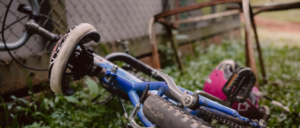
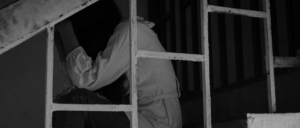
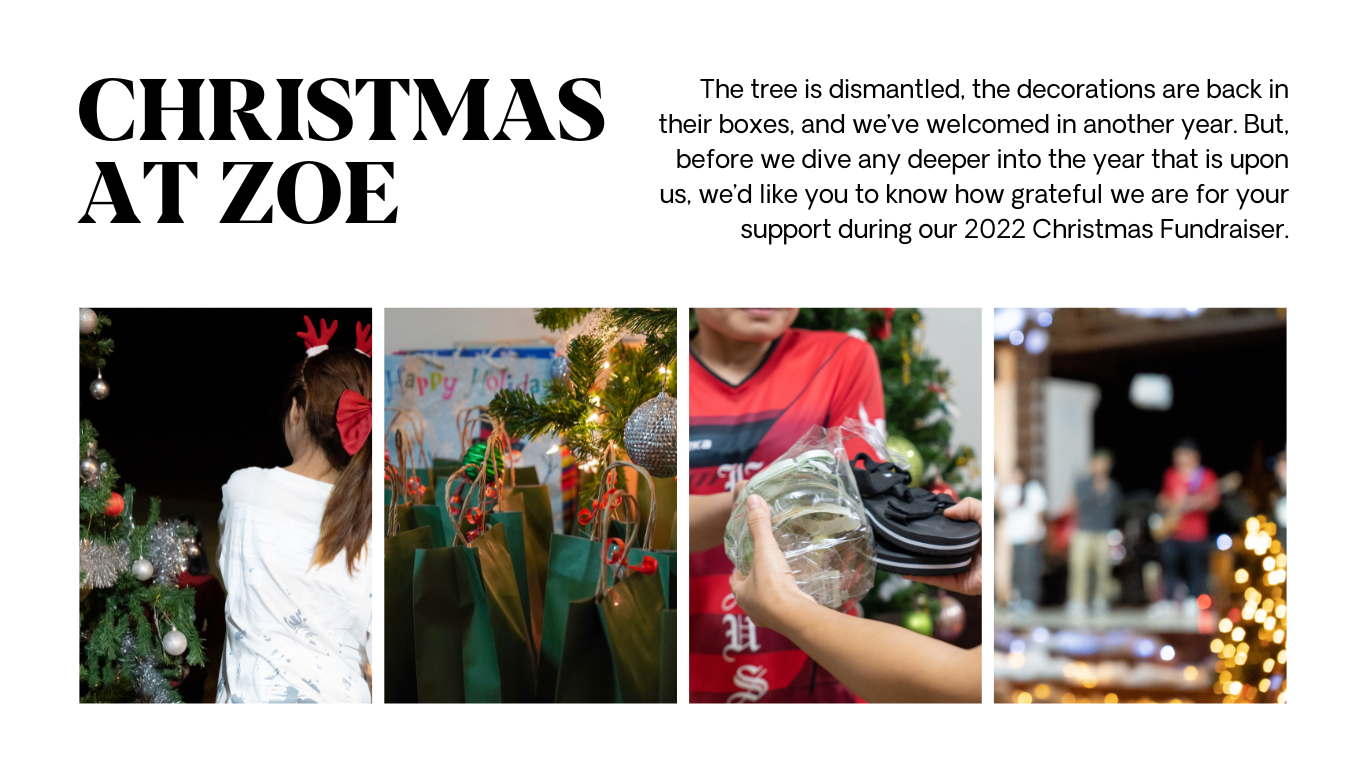
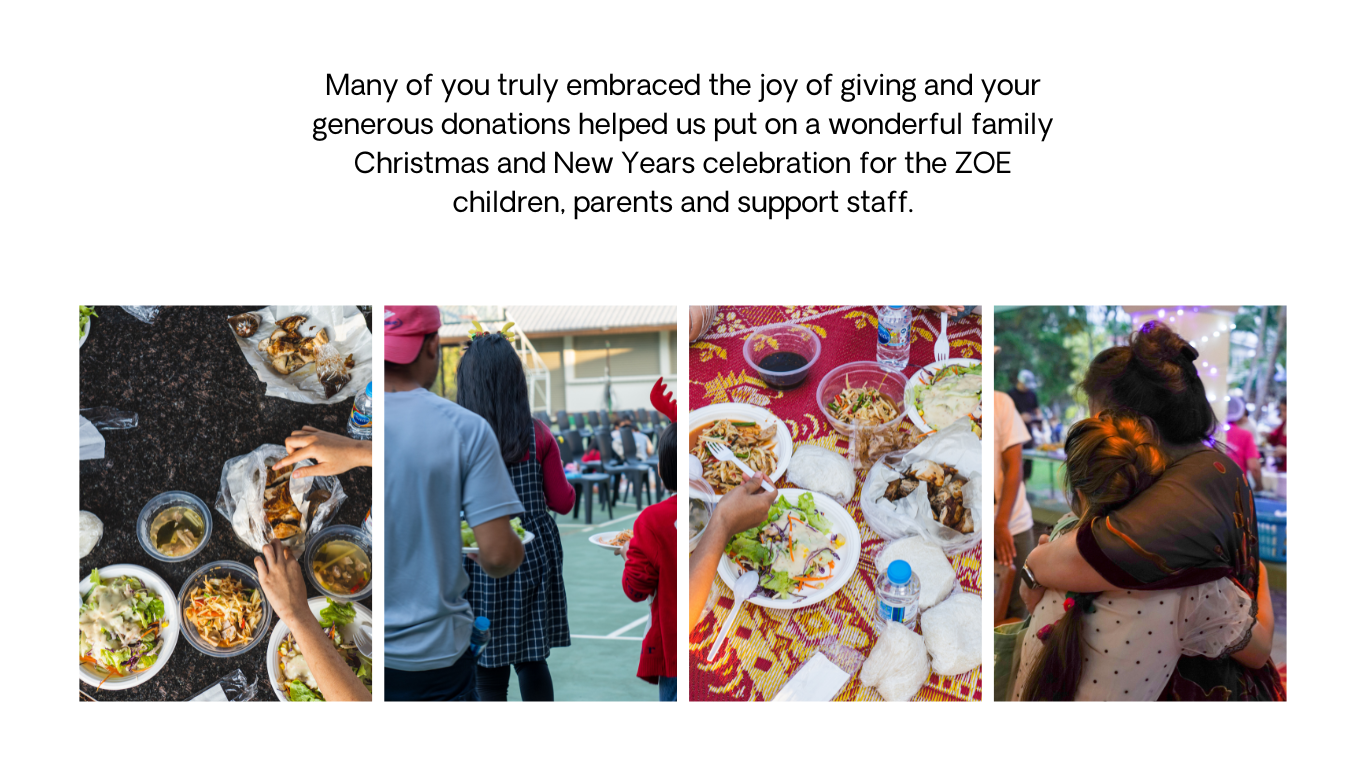
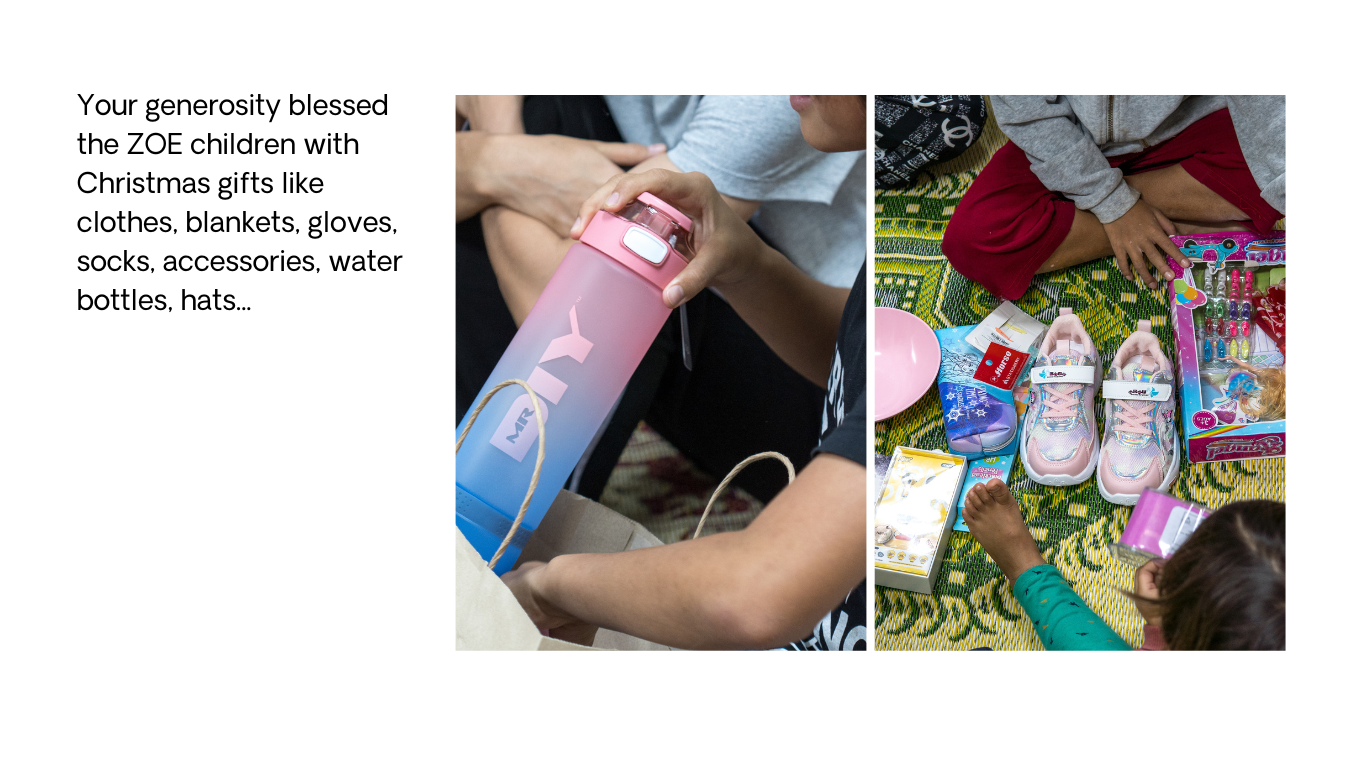
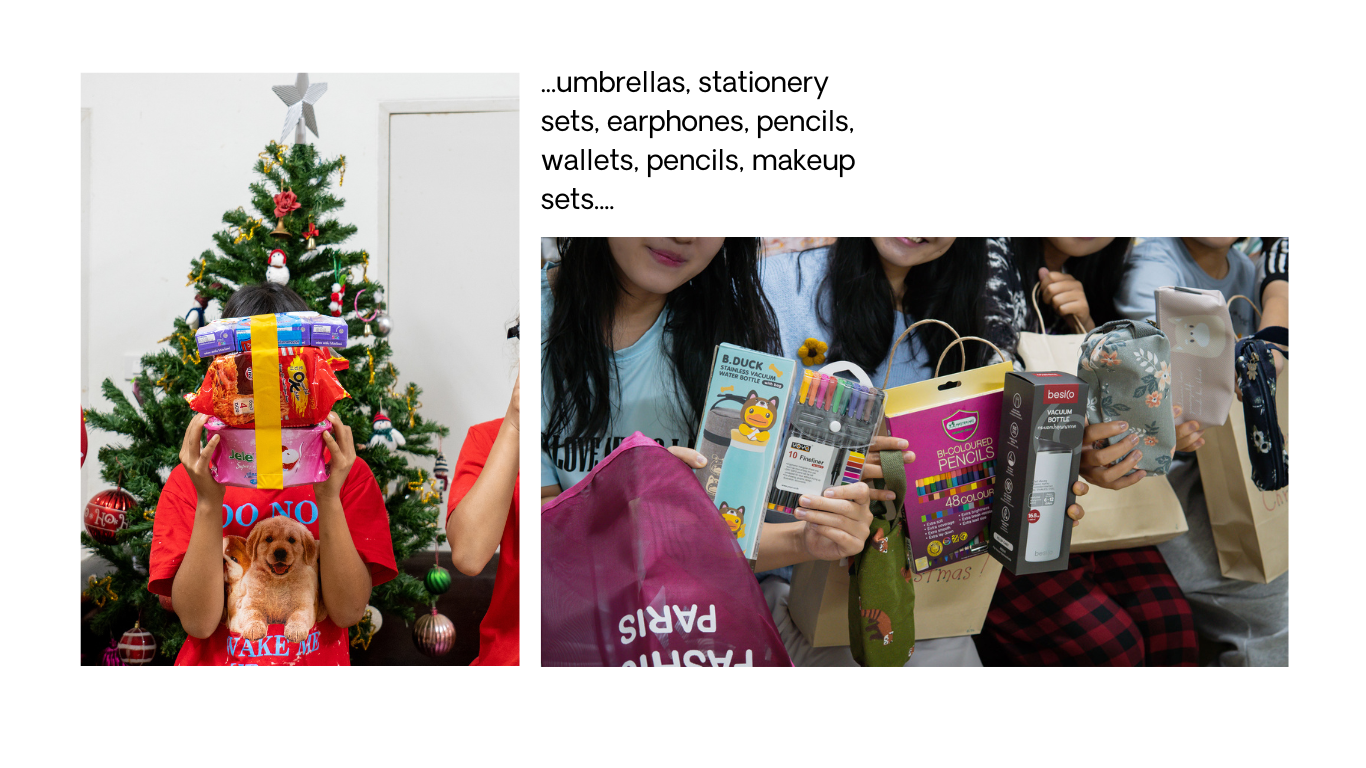

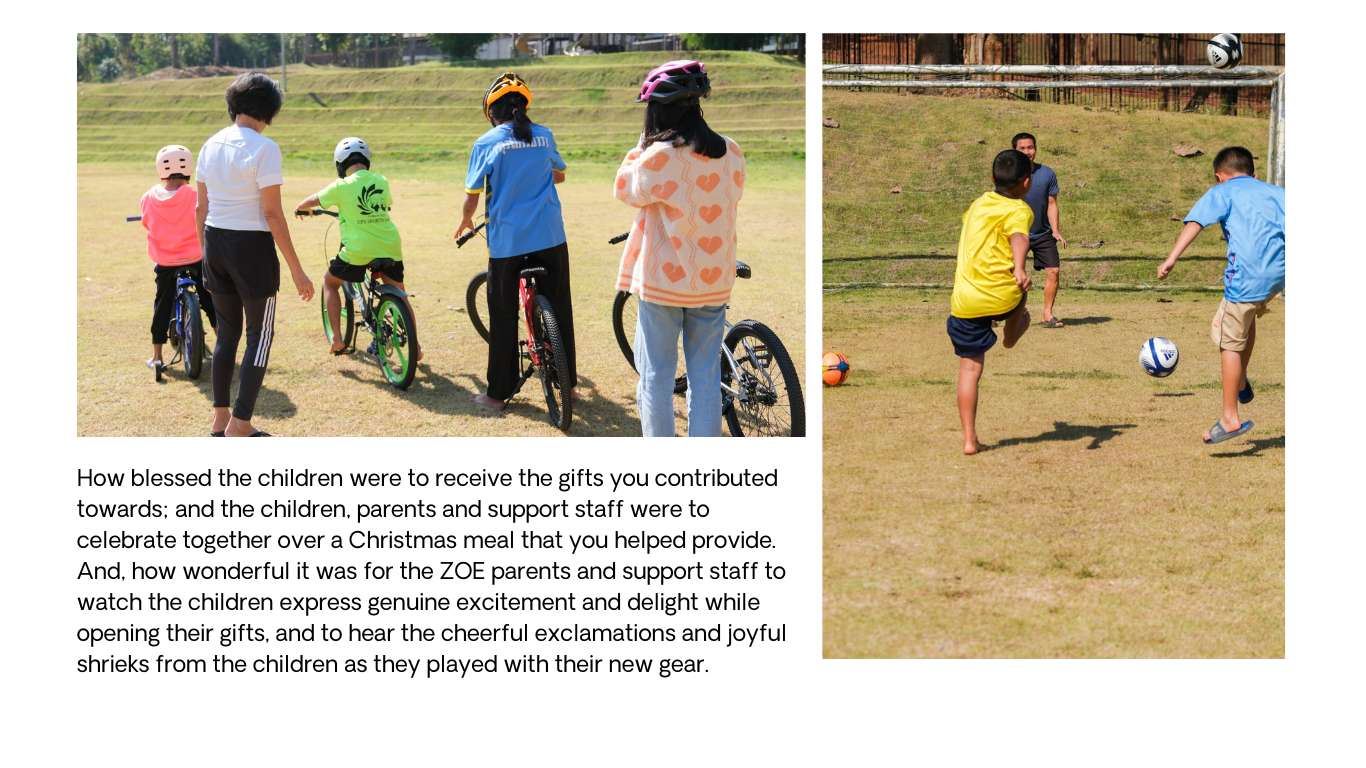
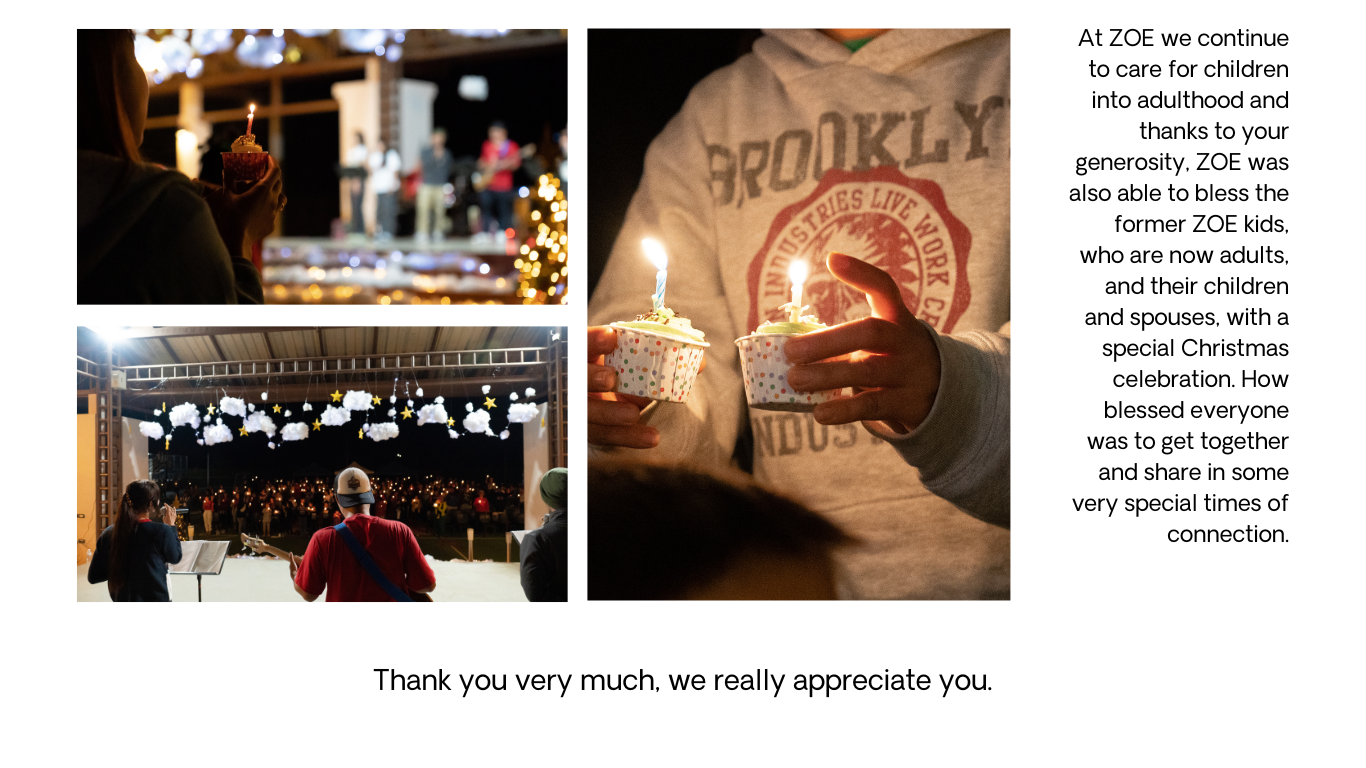

 Have you found yourself racing frantically through the shops just before Christmas? Trying to find something (or...
Have you found yourself racing frantically through the shops just before Christmas? Trying to find something (or... 
 decorations. M
decorations. M
